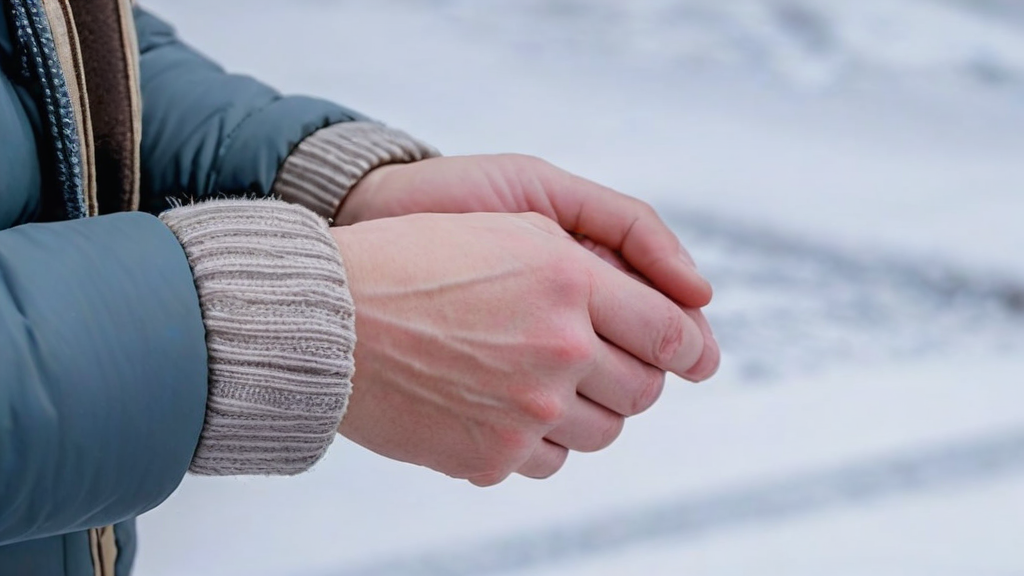What are chilblains and how are they produced?
Chilblains are a dermatological condition characterized by swelling or ulceration of the skin, mainly on the hands, feet and ears. This condition is caused by exposure to excessive cold and can cause burning and itching.
Advice from pharmacists to prevent chilblains
Pharmacists recommend following these measures to prevent chilblains during the winter months:
1. Adequate hydration
It is important to maintain good hydration of the skin on your hands, feet and face. Use moisturizing creams that also help restore the skin’s barrier function. Experts suggest the use of creams with a glove effect, which contain more membrane lipids and are more emollient.
2. Protection against the cold
Use appropriate gloves, socks, earmuffs or hats to protect areas exposed to the cold. These materials will help maintain an adequate temperature and prevent the appearance of chilblains.
3. Recommended ingredients
Some recommended ingredients to hydrate and protect the skin are glycerin, hyaluronic acid, shea butter and ceramides. In the case of the feet, ointments are more indicated due to the thicker skin in this area.
Treatment of chilblains
If chilblains appear despite preventive measures, it is important to seek advice from a pharmacist. This professional can recommend anti-inflammatory and healing ointments that contain active ingredients such as ruscus, ginkgo biloba, bisabolol, gotu kola and rosehip. In more severe cases, pharmacological treatment with corticosteroids may be necessary.
People more likely to suffer from chilblains
According to experts, the people most likely to suffer from chilblains are children, the elderly, young women between 15 and 30 years old and those underweight. Those people with pathologies that involve circulatory problems are also considered a risk group.
Winter foot care
In addition to general measures, it is important to pay special attention to foot care during winter. Some additional recommendations include:
1. Physical activity
Perform physical exercise to activate blood circulation in your feet. Walking and moving your feet regularly can help prevent chilblains.
2. Protection and comfort
Use socks made with natural and biocompatible fabrics that absorb moisture and provide thermal comfort. In addition, use footwear with a cold-insulating sole and made with breathable and insulating fabrics.
3. Healthy habits
Maintain a balanced diet, reduce tobacco consumption and make sure you eat foods rich in vitamin C and E, which help maintain good skin health.
